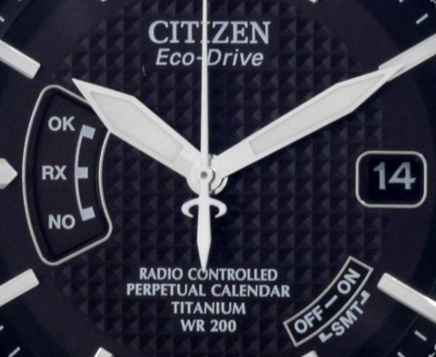On March 13 I blogged that US filers filing PCT applications in RO/IB needed to pay extra close attention to what time it is in Switzerland. The reason is that in the US, Daylight Saving Time happened on March 13. But did not happen on that day in Switzerland. This meant that for the past two weeks, a US-based filer in (for example) the Mountain Time zone would be able to e-file in RO/IB as late as 5PM and still get a same-day filing date. This differed from the usual drop-dead time of 4PM.
Today (March 27, 2016) is the day that Daylight Saving Time happens in Switzerland. The consequence of this is that the time difference between the US filer’s time zone and the time in RO/IB is back to normal. So for a US-based filer in the Mountain Time zone, the drop-dead time returns today to the usual 4PM.
This change also affects a US-based filer filing a design application in the IB’s Hague Agreement e-filing system.


 itions in the Office of Patent Petitions (OPP). OPP is just now getting around to deciding PPH petitions filed last August. Here are actual figures for forty-nine PPH petitions filed last August.
itions in the Office of Patent Petitions (OPP). OPP is just now getting around to deciding PPH petitions filed last August. Here are actual figures for forty-nine PPH petitions filed last August.